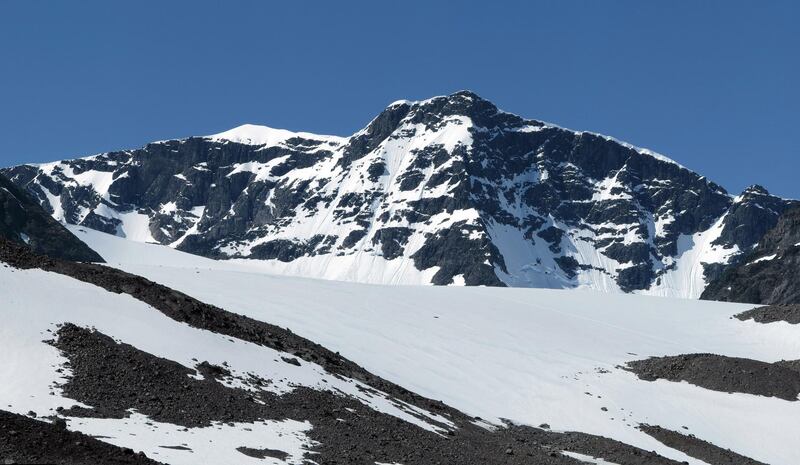The Kebnekaise south peak in Swedish Lapland has lost its title as the country’s highest point thanks to melting ice. For over 100 years, the mountain has been the highest in Sweden but shrinkage of the glacier surrounding the peak has seen it dip to its lowest ever height.
Kebnekaise has two main peaks and, since records first began in 1980, the southern peak has been the tallest.
Last week, researchers from Stockholm University revealed that the peak now stands at 2095.6 metres, 1.2 metres shorter than the ice-free northern peak.
"This is the lowest height ever measured. Over the past 50 years, the height of Kebnekaise's southern peak has decreased by 24 metres," says Gunhild Ninis Rosqvist, professor of geography at Stockholm University. Rosqvist is in charge of the annual measurements of Kebnekaise.
Researchers had hoped the southern peak might accumulate snow and ice during winter to help retain its title but longer, hotter summers have prevented this.
In 2018, Sweden experienced its hottest ever summer. Hastveda in southern Sweden claimed the record for the hottest day when temperatures hit 34.6°C on July 26, 2018 according to the national weather agency.
Sweden is not the only country mourning the loss of destinations due to climate change. Last month, a ceremony was held in Iceland to honour the Okjokull ice sheet, the first of hundreds of glaciers due to disappear.







